During the process of building new rural areas, cultural heritage is increasingly being preserved and effectively promoted. Through extensive promotion, tangible and intangible heritage has become attractive cultural and tourism products, attracting a large number of tourists to visit and learn about them. This contributes to achieving the goal set forth in the Resolution of the 20th Provincial Party Congress, term 2020-2025, which is to "develop tourism into an important economic sector of the province".
The ancestral temple of traditional Vietnamese opera in Khuốc village regularly welcomes groups of visitors who come to learn about this art form.
Farmers engaging in tourism
In February 2023, the traditional Cheo opera of Thai Binh province was included in the list of national intangible cultural heritage by the Ministry of Culture, Sports and Tourism. During the process of Thai Binh province coordinating with other localities to submit the Cheo opera to UNESCO for inclusion in the list of representative intangible cultural heritage of humanity, the unique value of this art form has increasingly received attention in the media, bringing the melodies of Cheo opera from the rice-growing region closer to tourists from all over the country.
In Khuoc village, Phong Chau commune (Dong Hung district), during the summer days, under the scorching sun, the artisans here are still diligently instructing the next generation of the traditional folk opera tradition and warmly welcoming tourists.
The artisans of Khuoc village pass on their knowledge to the next generation of the traditional folk opera tradition.
Ms. Vu Thi Thao, a member of the Khuoc Village Cheo Club, said: "When tourists come to Khuoc Village, they can listen to characteristic Cheo melodies, hear the artisans share the meaning of the lyrics, and learn about the process of passing down the craft. Through regularly welcoming tourists, the artisans hope to contribute to spreading and promoting the heritage of their homeland, hoping that more domestic and international tourists will learn about Cheo art."
The gradual development of community tourism associated with the ancient traditional opera village is a direction that the provincial authorities and the Phong Chau commune government are paying attention to and implementing many solutions, thereby contributing to changing the face of the countryside and making traditional art a driving force in the process of implementing the criteria for building advanced new rural areas. Nam Cao commune (Kien Xuong district), also a locality developing community tourism from cultural heritage preservation, is a destination for many domestic and international tourists.
Ms. Nguyen Thi Ha, production manager of the Nam Cao Silk Weaving Cooperative, said: "The cooperative currently has over 200 members, and their jobs are very stable. Local people are passionate about the craft, so they are increasingly attached to the cooperative. Each year, the cooperative produces over 10,000 meters of fabric, and many silk weaving products are exported abroad. Previously, when it came to tourism, the artisans of the craft village were unfamiliar with it, but now many domestic and international tourist groups visit and give positive feedback on the warm and simple hospitality of the artisans, as if they were welcoming family members. The cooperative is developing community tourism tours, hoping to create more income for the people here, not only from increasing the value of products and selling more products right in the craft village, but also from additional revenue from tourism services."
Transforming rural villages into unique tourist destinations.
With the motto of developing tourism as a driving force for economic growth and economic restructuring of the province, gradually increasing the proportion of industrial, commercial, and service sectors, while developing agriculture in a modern direction, the Department of Culture, Sports and Tourism has advised on the drafting of the Resolution of the Provincial Party Committee on developing tourism into an important economic sector of the province; the plan of the Provincial People's Committee to implement Resolution No. 82/NQ-CP, dated May 18, 2023, of the Government on the main tasks and solutions to accelerate the recovery and development of tourism effectively and sustainably; and the plan for tourism development in Thai Binh province until 2025, with orientation to 2030. At the same time, rural tourism development activities are implemented in conjunction with the implementation of the "One Commune, One Product" project in Thai Binh province until 2020, with orientation to 2030.
Accordingly, several community-based and rural tourism products have been developed in localities, mainly focusing on areas with traditional craft villages and specialized agricultural production, such as: experiential tourism and learning about models of clean, safe, and environmentally friendly agricultural production at the large-scale model farm in Quynh Hai commune (Quynh Phu); community tourism and experiencing traditional farming life at Bach Thuan garden village (Vu Thu); experiential tourism at Hong Ly mustard flower garden and Minh Lang EPC farm (Vu Thu); experiential tourism practicing traditional crafts at Dong Xam silver carving village (Kien Xuong), Nguyen village making rice cakes, Khuoc rowing village (Dong Hung)..., thereby making an important contribution to promoting and stimulating the consumption of agricultural products in these localities.
Visitors select products at the Nam Cao Silk Weaving Cooperative's handicraft product booth.
Tourism development has been identified as a major potential for transforming rural villages into unique community-based tourism destinations, contributing to poverty reduction and socio-economic development in rural areas. The province's tourism sector has created jobs for over 5,000 direct employees, achieving an average growth rate of nearly 16% for three consecutive years from 2017 to 2019, before a decline due to the impact of the Covid-19 pandemic. Following recovery measures and the reopening of tourism, the number of tourists increased again in the first six months of 2022. In 2022, Thai Binh's tourism sector welcomed 705,567 visitors, generating revenue of 423 billion VND. In 2023, the number of tourists is expected to increase by 15.5% compared to 2022, with estimated revenue reaching 500 billion VND.
It can be affirmed that Thai Binh has the opportunity to develop its tourism economy. The tourism sector aims to welcome over 4.5 million visitors by 2030, create jobs for approximately 14,600 tourism workers, prioritize the development of rural laborers with on-the-job vocational training, and generate an estimated 7,000 billion VND in tourism revenue by 2030. It is believed that the Resolution on developing tourism as a key economic sector of the province, with its key tasks and solutions, will further boost rural tourism development based on the joint efforts and determination of the entire community, businesses, and each individual citizen. This will lead to a sustainable tourism brand, showcasing Thai Binh's unique appeal on the Vietnamese tourism map.
Tu Anh
Source: https://baothaibinh.com.vn/tin-tuc/19/206836/ky-4-de-mach-nguon-chay-mai


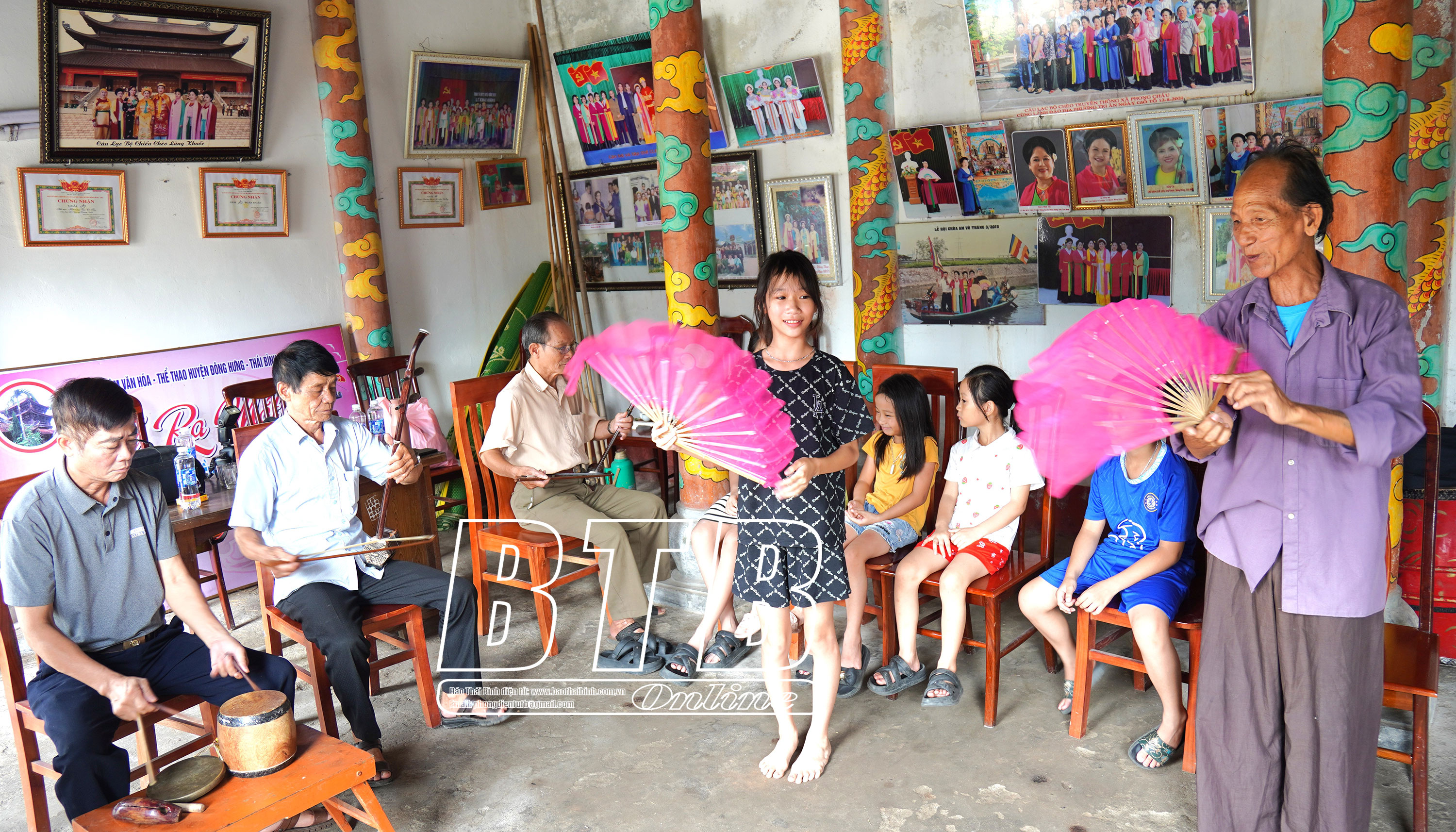
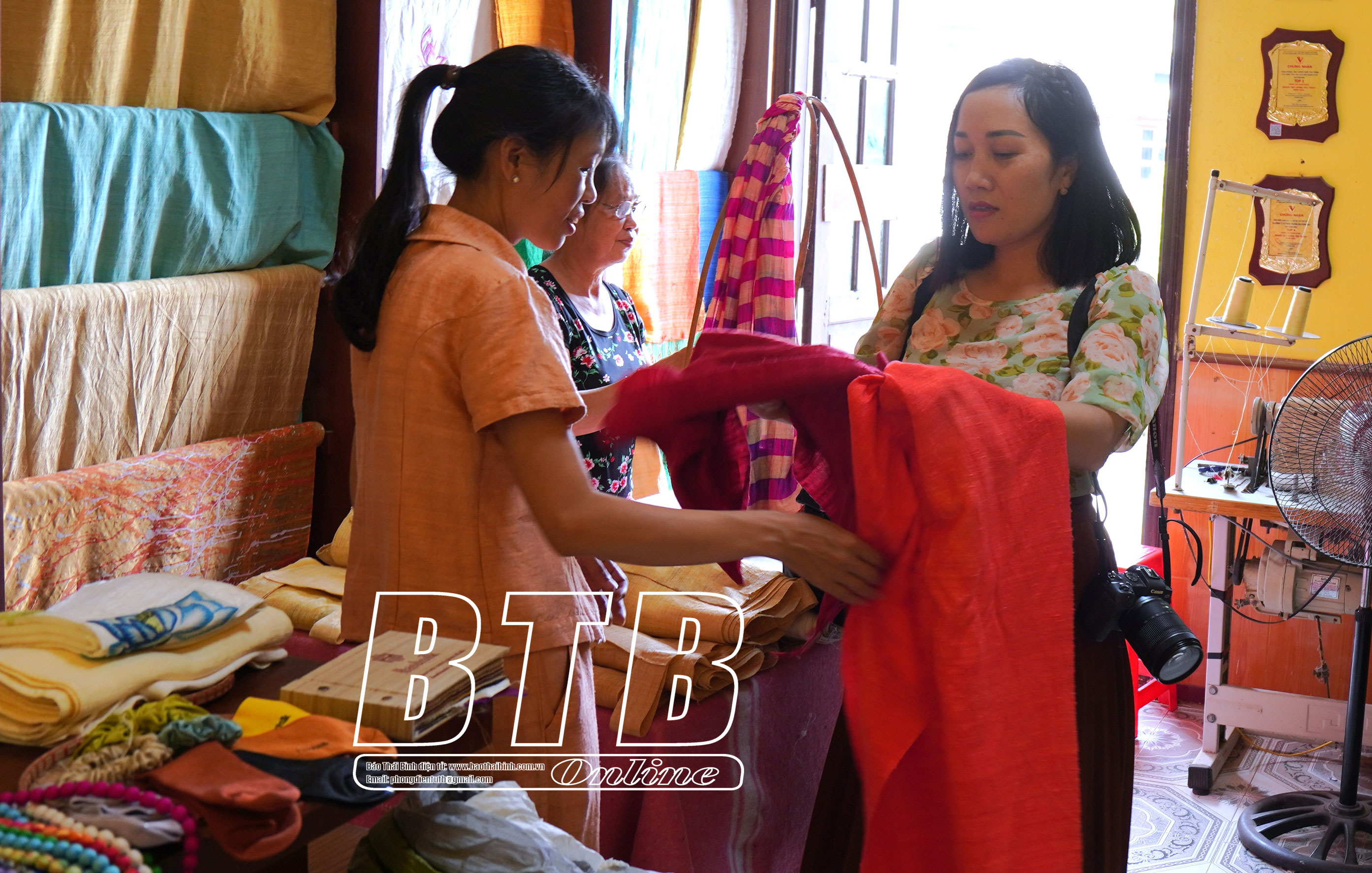
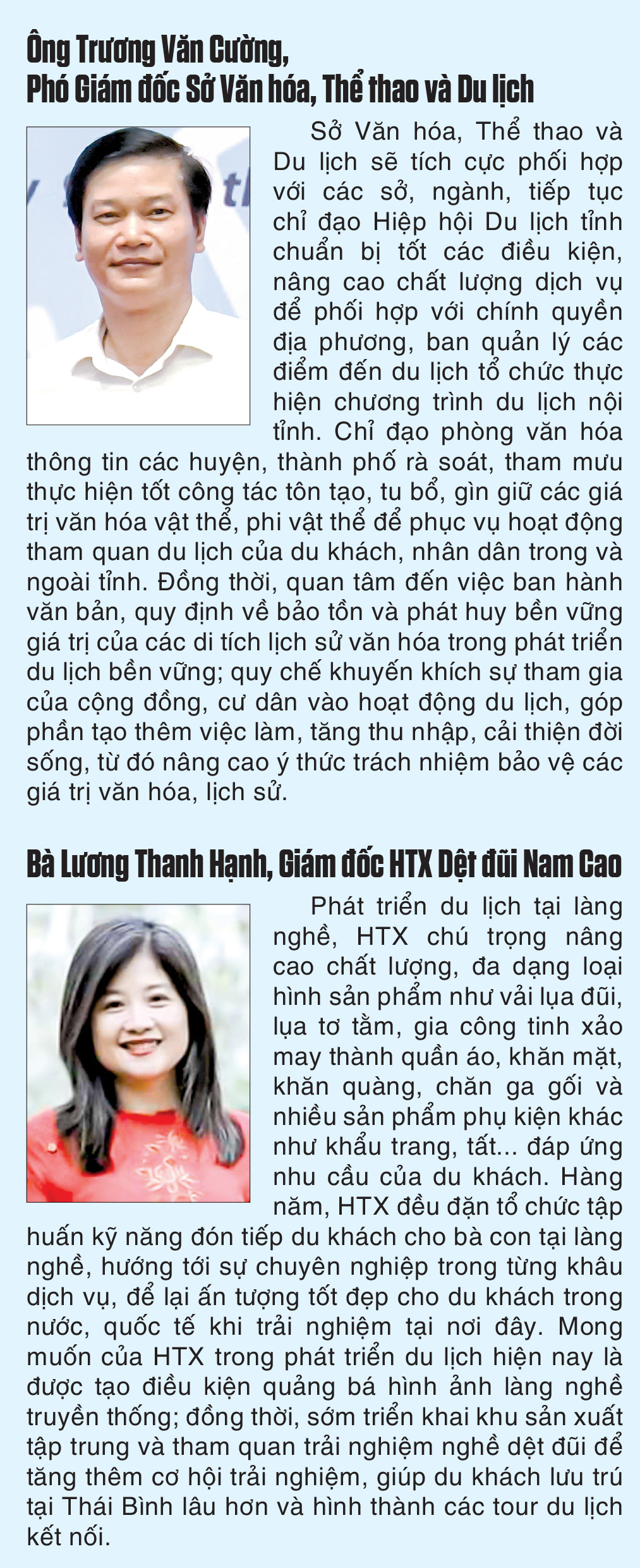




![[Photo] Closing Ceremony of the 10th Session of the 15th National Assembly](/_next/image?url=https%3A%2F%2Fvphoto.vietnam.vn%2Fthumb%2F1200x675%2Fvietnam%2Fresource%2FIMAGE%2F2025%2F12%2F11%2F1765448959967_image-1437-jpg.webp&w=3840&q=75)


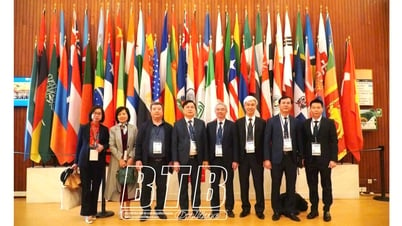


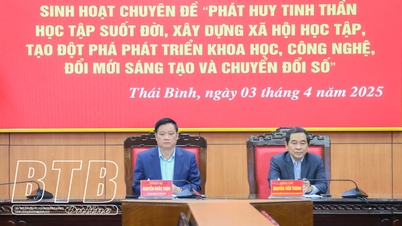

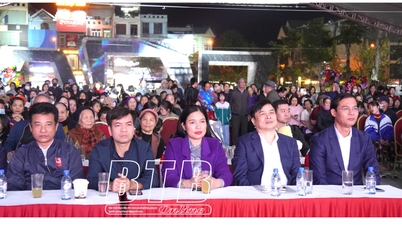


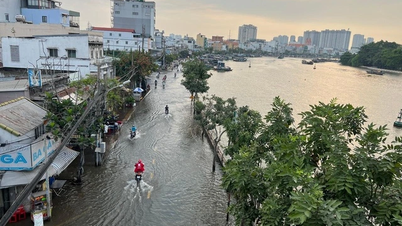

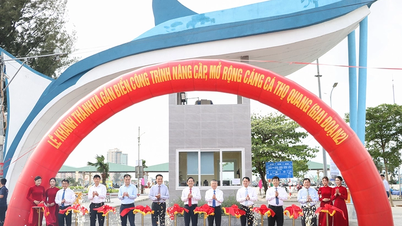









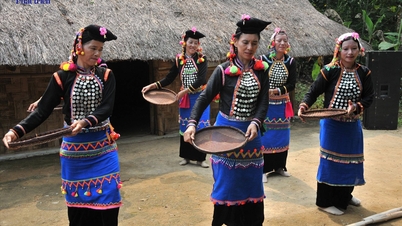
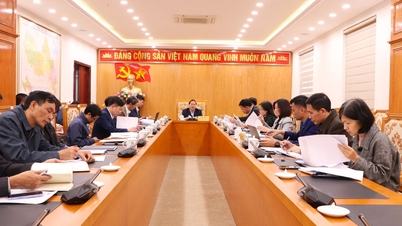
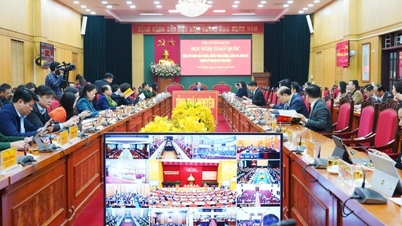

![[OFFICIAL] MISA GROUP ANNOUNCES ITS PIONEERING BRAND POSITIONING IN BUILDING AGENTIC AI FOR BUSINESSES, HOUSEHOLDS, AND THE GOVERNMENT](https://vphoto.vietnam.vn/thumb/402x226/vietnam/resource/IMAGE/2025/12/11/1765444754256_agentic-ai_postfb-scaled.png)

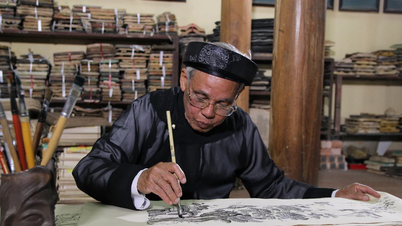

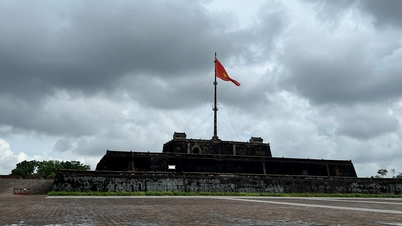

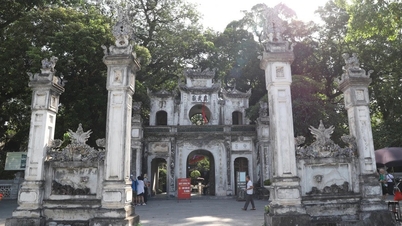

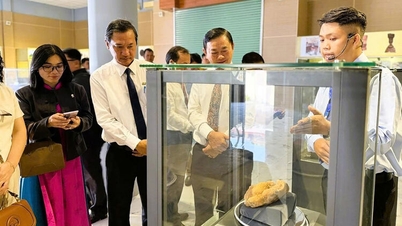

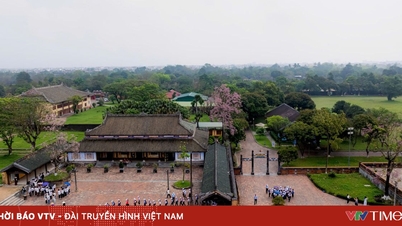

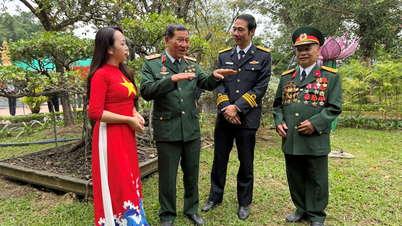





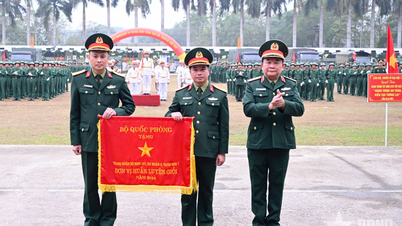
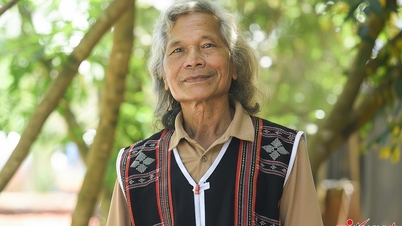


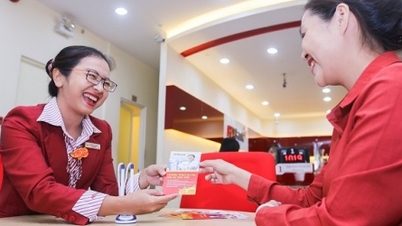


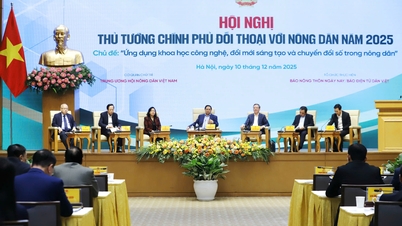










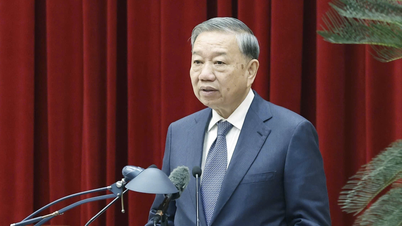

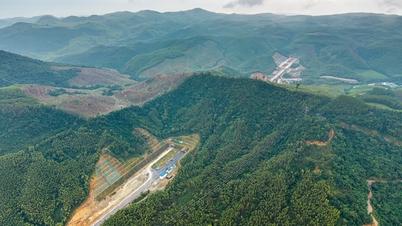



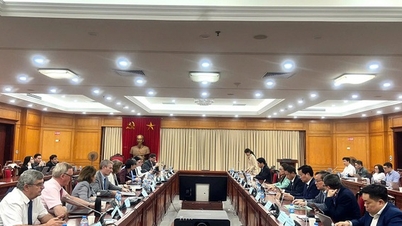

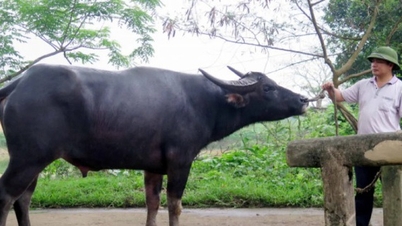
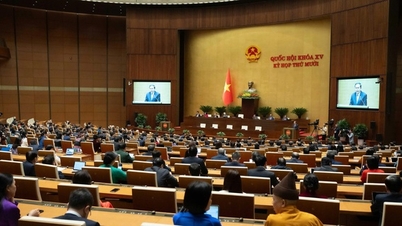

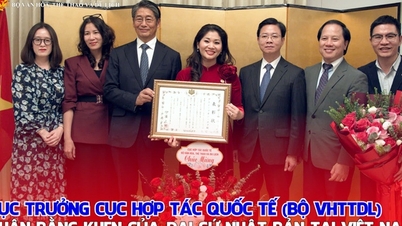
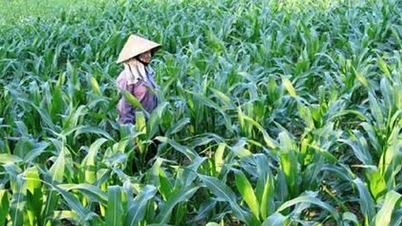




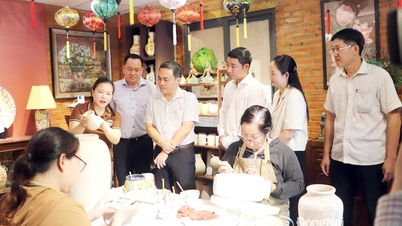
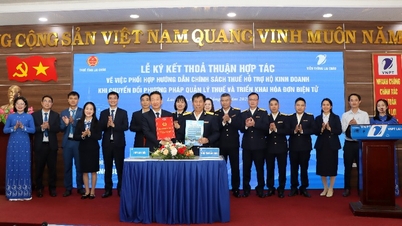

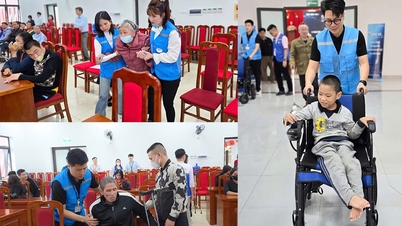











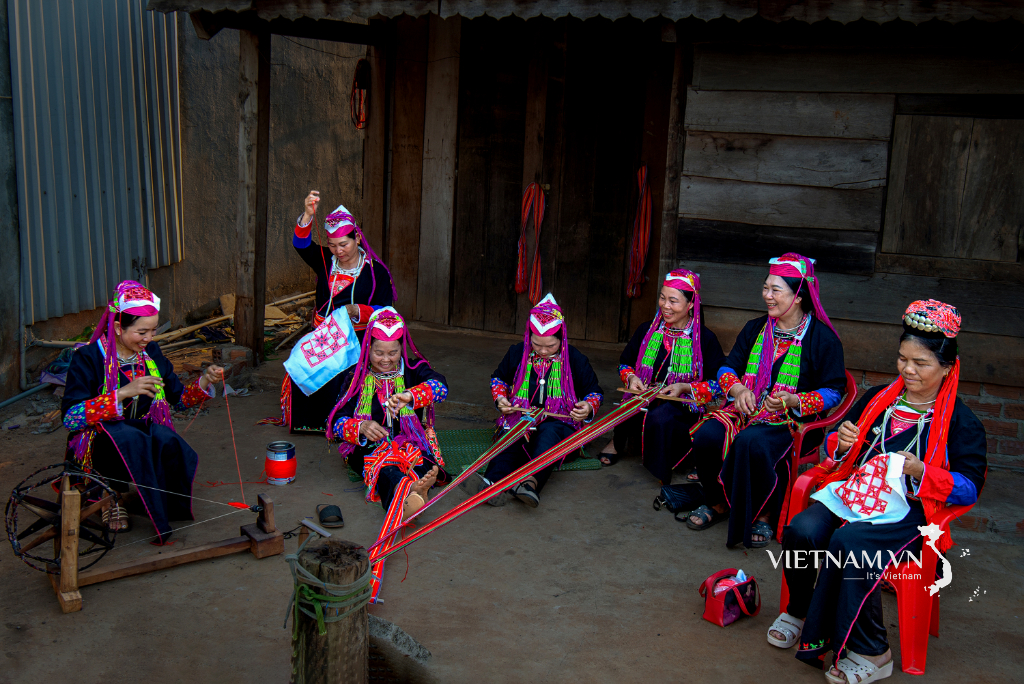

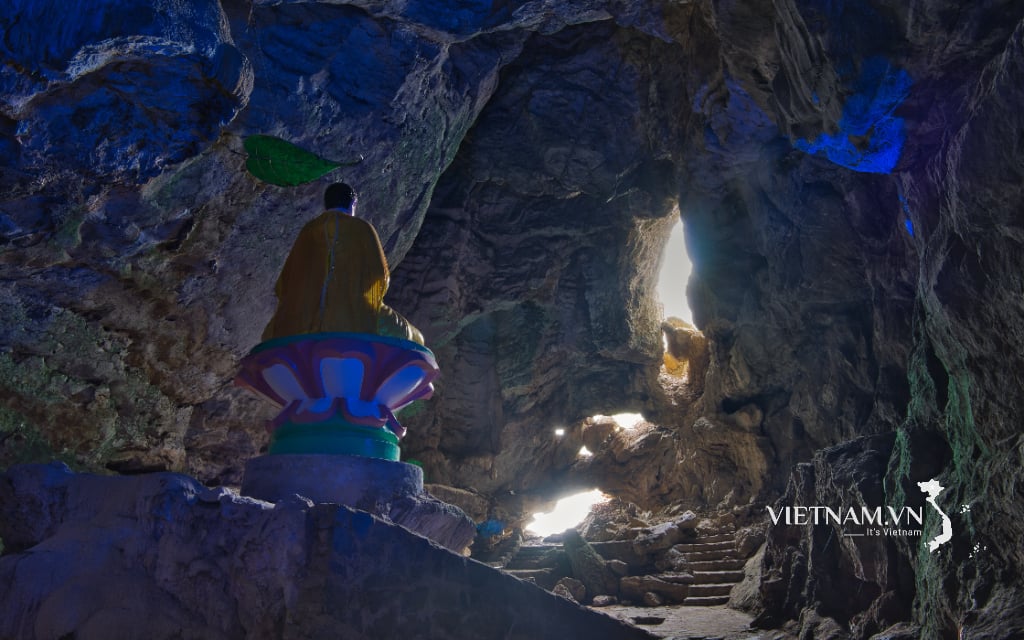

Comment (0)